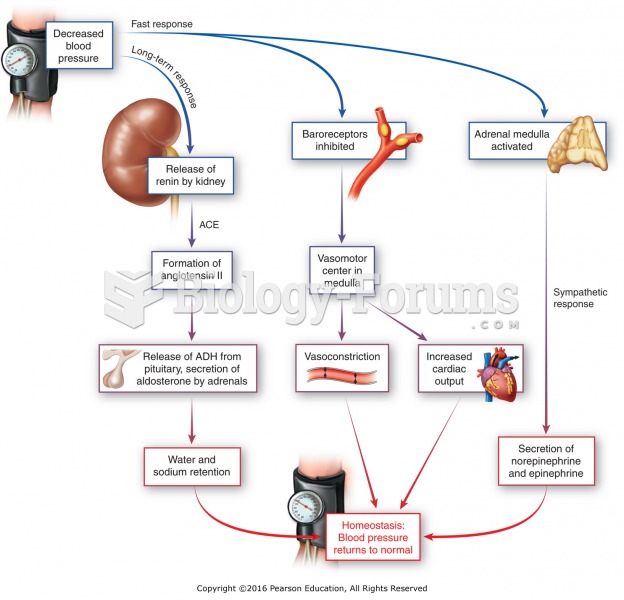Answer to Question 1
Situational Crime Prevention: This strategy is aimed at convincing would-be delinquents to avoid specific targets. It relies on the doctrine that crime can be avoided if motivated offenders are denied access to suitable targets.
o Applications of this strategy include home security systems or guards, which broadcast the message that guardianship is great here, stay away; the potential reward is not worth the risk of apprehension.
o Problems with the strategy are the extinction of the effect and displacement of crime.
General Deterrence Strategies: These strategies are aimed at making potential delinquents fear the consequences of their acts. The threat of punishment is meant to convince rational delinquents that crime does not pay.
o Applications of these strategies include mandatory sentences, waiver to adult court, and aggressive policing.
o Problems with these strategies are that delinquents are immature and may not fear punishment, and the certainty of arrest and punishment is low.
Specific Deterrence Strategy: This strategy refers to punishing known delinquents so severely that they will never be tempted to repeat their offenses. If delinquency is rational, then painful punishment should reduce its future allure.
o An application of this strategy is placement in a punitive juvenile detention facility or secure institution.
o A problem with this strategy is that punishment may increase reoffending rates rather than deter future delinquency.
Incapacitation Strategies: These strategies attempt to reduce crime rates by denying motivated offenders the opportunity to commit crime. If, despite the threat of law and punishment, some people still find crime attractive, the only way to control their behavior is to incarcerate them for extended periods.
o An application of these strategies is long, tough, mandatory sentences, putting more offenders behind bars.
o A problem with these strategies is that youths may be kept in prison beyond the years they may commit crime. Minor, nondangerous offenders are locked up, and this is a very costly strategy.
Student responses will vary.
Answer to Question 2
a







